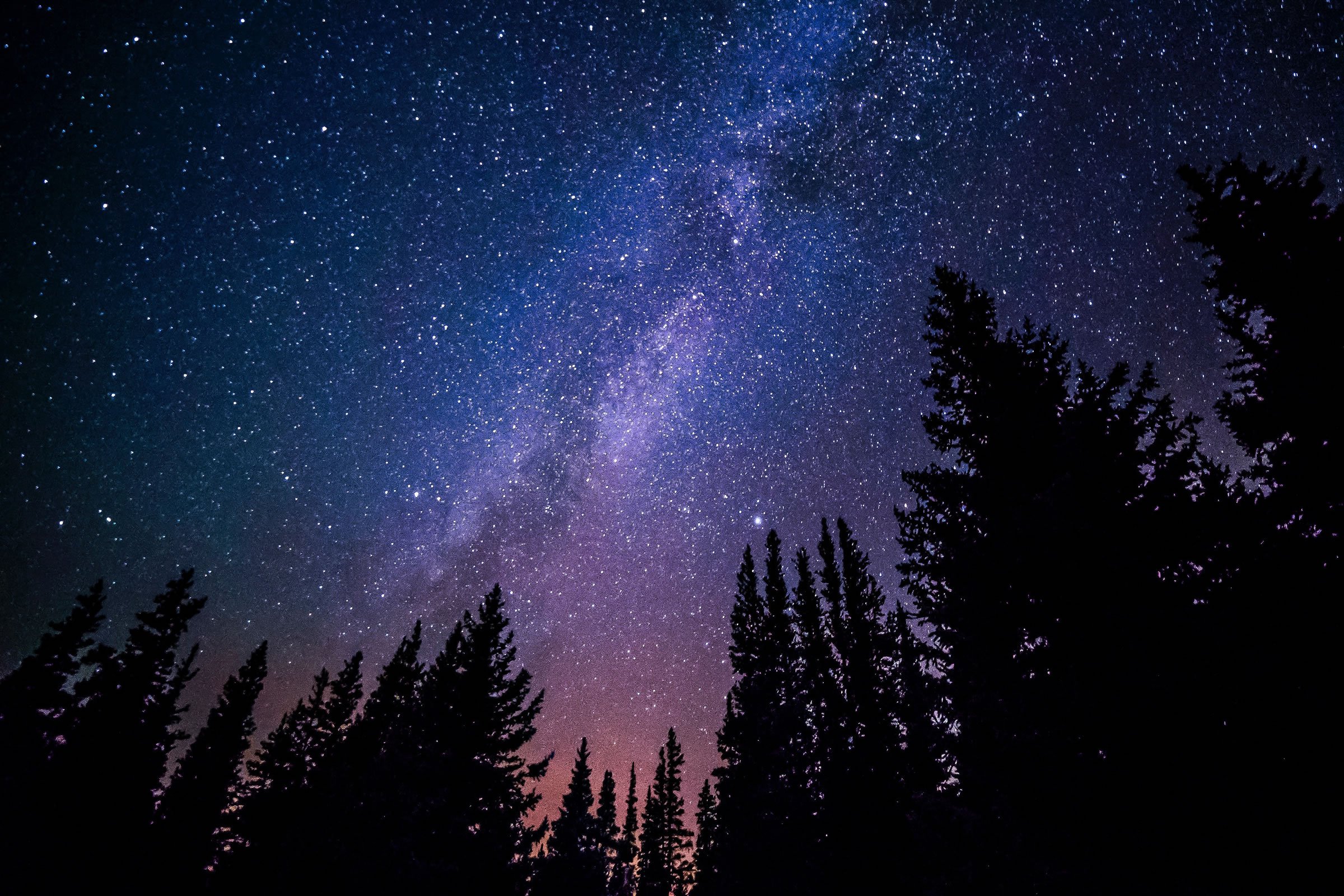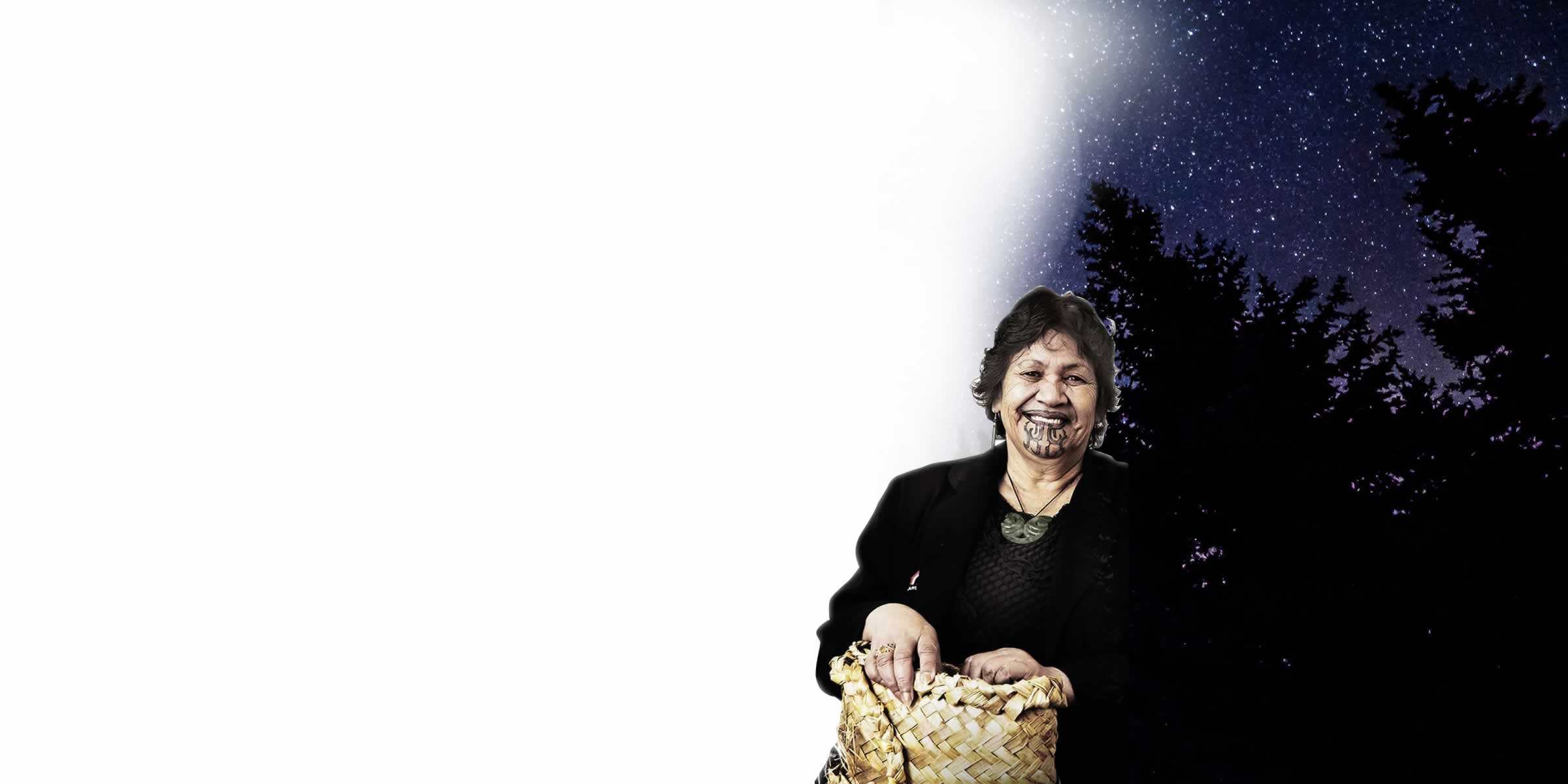
PUANGA INFORMATION
Ko Puanga te pae ārahi i ngā tohu o te tau hou i te pae ururangi - Puanga leads the celestial signs to herald the New Year
Puanga is the star Rigel, part of the Orion constellation. Puanga features in the sky just prior to Matariki and is seen as a precursor to Matariki for the tribes that can’t see Matariki in the East. For Whanganui and Taranaki tribes, Puanga is the significant star to celebrate Puanga (our New Year).

There are 13 months in a traditional Māori year, measured by a lunar cycle.
Māori also measure by nights rather than by days with a simple example being: āpōpō literally meaning after the night – i.e: tomorrow.
The Māori New Year starts with the new moon of the first month of the cold season, Pipiri. Pipiri being the month when people started to come together or to piri back at the main settlement after living in the various food gathering sites during summer and autumn in preparation for the cold months ahead.
Most Māori would call this celebration Matariki though throughout the Whanganui and Taranaki region it is called Puanga. A celebration in the cold months is no different to the pagan celebrations of the northern hemisphere and the origins of what is now known as Christmas.
With a direct connection to another Pacific culture, the Japanese name for Matariki, Subaru, brings a close connection between the Whanganui sister city, Nagaizumi-cho, Shizuoka, Japan.
Waka Huia - Māori Television SE15 EP08 Puanga Master
According to the majority of Māoridom, Matariki (Pleaides) denotes the be-ginning of the new year for Māori. However, some people consider Puanga (Rigel) instead to signal the new year. Even though celebrations have been and gone in welcoming the new year, this documentary serves to give an in-sight to the Whanganui and Taranaki people and their belief in Puanga de-noting the new year.
Director: Ani-Piki Tuari

